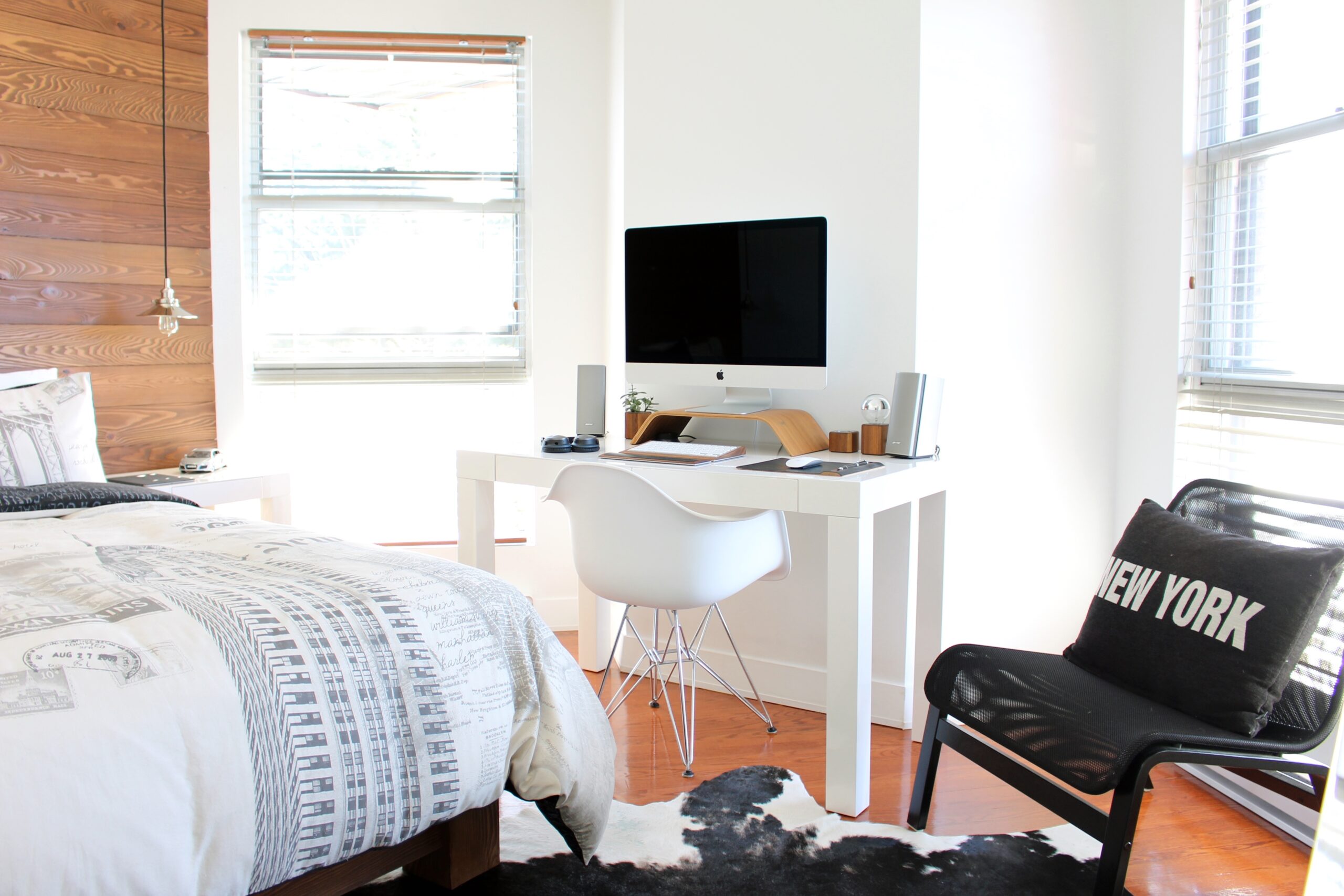While browsing for that 99Papers promo code to get help with your next assignment, consider one aspect. You, as a student, are part of a generation that’s poised to significantly influence the future of housing. The decisions, preferences, and priorities of today’s students are set to reshape the housing market.
This isn’t just about where you’ll live after graduation; it’s about how your values and lifestyle choices will impact housing trends, design, and sustainability in the coming decades.
Let’s dive into how the current student demographic is set to change the housing market of tomorrow.
A New Vision of the American Dream
The concept of homeownership is undergoing a radical transformation in the minds of current students. This generation is questioning the traditional American Dream of owning a large suburban home. Instead, there’s a growing preference for smaller, more urban living spaces.
This shift reflects a broader change in values:
- a desire for minimalism;
- ease of maintenance;
- a closer proximity to work and social amenities.
Many students today are also more inclined to value experiences over possessions. It leads to a preference for homes that serve as functional bases rather than status symbols.
The rise of remote work and digital nomadism has further fueled the desire for flexible living arrangements. We’re seeing an uptick in interest for homes in communities that offer a mix of private and shared spaces.


Embracing the Digital Lifestyle in Housing
The future of housing is likely to be synonymous with smart homes, where convenience and connectivity are paramount. We’re talking about homes equipped with IoT (Internet of Things) devices that allow residents to control lighting, heating, security, and even kitchen appliances through their smartphones or voice commands.
But it’s not just about gadgetry. There’s a growing expectation for homes to be equipped with high-speed internet and dedicated spaces for remote work or study. Also, as concerns about health and wellness take center stage, we can expect technologies that monitor indoor air quality, water purity, and even sleep patterns to become standard in homes.
Future homes might also feature advanced sustainability tech, like solar panels and smart meters. This tech-forward approach to living is seen as a necessity for a generation that has grown up in a connected world and values sustainability and efficiency.
Eco-Homes: The New Standard
Future homes are envisioned as ecosystems that support and sustain the environment. We’re talking about houses built with renewable materials like bamboo and recycled steel, boasting features like green roofs and rainwater harvesting systems.
Sustainability extends to the energy used in these homes. Solar panels and wind turbines could become commonplace. Homes are likely to be designed to maximize natural light and ventilation and reduce the reliance on artificial heating and cooling. The concept of zero-energy homes, which produce as much energy as they consume, is no longer a far-fetched idea but a feasible goal.
Gardens for growing food, composting programs, and community recycling initiatives will be integral parts of future housing communities.

Reimagining Community Living
Gone are the days when living independently was the ultimate goal. The new generation values social connections and community engagement. Thus, we have a demand for housing designs that encourage interactions and build communities.
Co-living spaces are becoming increasingly popular. These are not just about shared costs but shared experiences. Design elements like communal kitchens, shared workspaces, and recreational areas give a sense of belonging.
But it’s not just about physical spaces. There’s a growing emphasis on creating communities through programs and activities. Think neighborhood workshops, communal gardens, and group fitness classes. These initiatives contribute to the well-being and mental health of residents.
In these future housing models, technology plays a role in fostering community, too. Digital platforms for community management, sharing resources, and organizing events make it easier for residents to connect and engage with each other.
Affordability and Flexible Housing Solutions
In a world where the cost of living is a growing concern, current students need more affordable and flexible housing solutions. The traditional path of graduating, buying a house, and settling down is being reevaluated. Instead, there’s a push towards housing options that are adaptable to the changing needs and lifestyles of young adults.
One innovative solution gaining traction is modular homes. These prefabricated structures, built off-site and then assembled on location, offer a cost-effective alternative to traditional housing. They come with the added benefit of being customizable and expandable without the need for costly renovations.
Micro-apartments and tiny homes are also appealing to students and young professionals. These compact living spaces, often located in urban areas, offer a minimalist lifestyle at a lower cost.
Rent-to-own schemes are emerging as a viable pathway to homeownership for those who might not have immediate access to large down payments. These arrangements allow tenants to rent a property with the option to buy it in the future, with a portion of their rent going toward the purchase price.
Furthermore, co-housing communities, where individuals have private living spaces but share common areas and resources, offer an alternative to both traditional homeownership and renting.
In all these models, the key is flexibility – both in terms of finance and lifestyle. As the priorities and values of current students continue to evolve, so too does the housing market.
Paving the Way for Future Generations
Current students are at the forefront of a paradigm shift in the housing market. The future of housing looks innovative, eco-friendly, and socially inclusive.
As students of today transition into the decision-makers of tomorrow, their preferences and choices are set to create a ripple effect in the housing market. They pave the way for a future that aligns with their vision of what a home should be.
The houses of tomorrow will not just be places to live but reflections of the values and priorities of a generation that’s ready to make its mark.